Security cameras, doorbells, thermostats – these ubiquitous items found in almost every home have come a long way from their lackluster predecessors, thanks largely (if not solely) in part to Google who has made it a point to continuously challenge the status quo when it comes to the objects we live with every day. Google’s recent announcement of their next-generation line of Nest Cams and Doorbell is a continuation of that mission. Composed of a battery-powered indoor/outdoor Nest Cam, a battery-powered Nest Doorbell, a Nest Cam with floodlight, and a wired indoor Nest Cam, the new collection departs from the notion that these objects have to look clunky, unattractive and jarring in the context of a home. Instead, with their elegant forms and soothing hues + natural wood, they were designed to fit seamlessly and beautifully into the home so that we can appreciate their aesthetics as much as we do their functions.
But what elements in technology design can be evolved and iterated to take on this idea that tech products can (and should) look like home products? How does Google approach the process of designing products in a way that hasn’t been widely adopted yet? Today we’re chatting with Isabelle Olsson and Sung Bai, the Heads of Industrial Design at Google, to learn more:
What kind of details did you consider in updating the new Nest collection to make sure they would delight + excite the users, not only from a functional perspective, but also a sensorial one?
Sung: When you look at the Nest cam, it’s super simple. It’s just this really elegant form that you take out to the box and then you hold it in your hands and it complements your architecture without any of those cables and really, you know, ugly things. We get rid of all of the pain points of the customers and they don’t have to see all of that technology. So that’s our main focus.
Isabelle: The camera’s magnetically mounted so it’s really easy to take on and off when you want to charge it. That same mechanism is also what you use to adjust the angle. So without adding hinges and complexity, we were able to come up with a solution that solves all of that in one.
Now that you say that, it really makes me realize that all these additional parts that cameras sometimes have, like the hinges and nails and screws, they definitely impede on the simplicity of the form of the product.
Isabelle: Yeah, and that’s in conjunction with how we want the end-to-end experience to be really simple and for everyone, so you don’t have to be a pro installer to use these products. You can be an everyday person and you should, out of the box, understand how to use it and where to put it. So it’s everything from the inviting colors and materials, all the way to how you use it and install it. Sung and the team have done so much work to make that installation process just a breeze.

I would imagine just taking it out of the box, there’s a sensorial and tactile feel that’s elegant right from the start, just from holding it.
Isabelle: And even before that, as you decide to purchase this device, the fact that we offer it in multiple colors so that you can really imagine, what would this look like on my front door? People put so much work into their house and the color choices of their walls. Why should you not then have that choice to select a doorbell that perfectly fits the most welcoming place in the house? With the indoor camera, we introduced the wood SKU for the first time, which is really, really exciting for us to be able to come to the market again with a new material that is unexpected yet makes sense contextually in the home.
I’m glad you brought that up. I feel like ever since the pandemic, people are reconnecting to nature and I’ve always thought that introducing wood back into your home in any way can give you back that sense of nature and bring the outdoors indoors. I know trends in nature are very popular right now, but did you draw on your own experiences or personal memories to choose those colors and wood for the collection?
Isabelle: I think it’s a combination. We talk a lot about like how we need to feed our intuition with input. And so it’s everything from going to the Milan furniture fair to reading books and magazines and experimenting with these devices in our homes. In fact, the pandemic has almost been helpful in that sense because our homes have become our offices, but we designed for the home. So when we are designing, we actually see our products in the environment that they’ll live in. You get even more empathy for how sensitive and how important the spaces are as a sanctuary. I think fundamentally we draw so much inspiration from the world around us. When we designed for the home, we take inspiration from the home.
That’s a key part of our design philosophy and we’ve done that throughout. When we first introduced textiles for speakers, that was not what everybody else was doing back then in 2016. Since then the industry kind of moved with us on that, but it makes so much sense. We have textiles on our couches and pillows and our bodies; why not use that in technology? Then last year we introduced the new thermostat that leverages a mirror instead of being a text screen. We’ve lived with mirrors for hundreds of years in our homes, so why not leverage that material? Now this year, we’re introducing wood. So again, it’s very much taking inspiration from the surroundings.
I love that you said that the pandemic gave you the silver lining of really being in your home and really looking around and seeing what works and what fits in. I find that on Design Milk, when we’re featuring a lot of architecture and interior homes, you don’t see jarring tech pieces in the photo shoots, right? And so this is a perfect way to make sure that you don’t have to take those products out of the shot when you’re taking photos. It’s just nice to see that all the products really do seamlessly blend into your home without looking so jarring and “techy.”
Sung: Yes, and to add to Isabelle’s point, when we design and get inspired, we also look at the other products that we’re working on. The thermostat is a good example because we did incorporate a lot of the design details from it as well so that all the products will harmonize as a family. So yes, a lot of inspiration comes from teamwork, us working together, looking at the other products. Our culture is really based on teamwork and collaboration.
Isabelle: I do love the point you were saying about like how you shouldn’t have to take things out of the shot. It’s crazy that you have to have these media cabinets and furniture designed just to hide technology. Our goal is to get rid of those and just live seamlessly with these products in a way that doesn’t feel stressful or jarring, like you were saying.
So that’s definitely our goal and I feel like we’re taking some good steps towards that.
Sung: Absolutely. Products should look beautiful and fit in when they’re not in use as well. A lot of times tech gadgets, when they’re not in use, look very obtrusive to the environment. They really stand out especially if they’re black and jarring.
We have an IGTV series called DMTV Milkshake and Ivy Ross was on it. She was talking about neuroaesthetics and for the everyday homeowner who doesn’t have a design background, even they realize when something looks really beautiful, they have an attachment to it. I think interior designers and architects know that something really beautiful gives us a connection to it. So I think that’s what your products do. It gives the homeowners a connection to something that’s beautiful versus just a piece of tech that’s obtrusive in their home.
Sung: Thank you!
Sung, I’d love to know, what’s the next product that you want to make over in Google family?
Sung: We don’t really select a product, we continuously evolve and we’re evolving the entire portfolio. Can’t really pinpoint one product!
Isabelle: I think that’s the part of what’s exciting. Every time we work on a new product, we make sure that we’ve learned from our customers and ourselves. What’s working? What can be improved? We’re in this continuous mode of listening and ultimately it’s design empathy. We do user studies, but we also bring these prototypes into our homes. We live with them, we prototype, iterate, we work together and give feedback. So much of it is listening to what our customers are saying and what the world is telling us.
We have to have that pulse on the future because a lot of the products we work on are two or three years out, and so you have to be able to rehearse that future so that you can predict it and create things that are culturally relevant at that time when it comes out. So like Sung was saying, it’s not like one product where it’s like, I wish we would have done this. I think all the choices are in concert with the goals that we have and what we want to achieve as a design team.
Isabelle: In some cases, you take the original thermostat, which is an iconic, beautiful product, but the price point is fairly high. When we designed the new Nest thermostat, we wanted to bring down the price point and make it much more accessible which then required a lot of innovation from a design perspective. How could we make a less expensive screen still feel high quality and fit into your home? So I think those are the things we always want to refine in terms of making sure that our products are really valuable to people, but not at crazy high price points. We continue to up the bar in terms of our commitments to sustainability and continuously looking at that from a very broad lens, like designing products that are versatile. So if you move, you can take it with you, you don’t throw it away. Or your kid grows up and you want to move the camera from the shelf to the ceiling. You can do that. We create products that are durable, that you want to keep and the stand the test of time from a trend and color perspective.
In addition to that are the investments we’re making in recycled materials designed for disassembly and simplifying the overall products and parts. Those are big focuses for us to continue to improve on, in addition to listening to feedback from the world on where we can do better.
Sung: And these new Nest products are the best examples of that. We designed with that in focus from the beginning, that’s how we were able to completely change the architecture of the products. Since all the technology is in this central part, we can introduce more colors. These are the things we put into consideration when we design.
Now just for fun, is there something in the home that’s not Google-produced that you think needs a makeover?
Isabelle: Oh, so many things. I have a long list. I think outlets. Outlets drive me crazy! It’s interesting because we invest in our homes with beautiful materials, but then you have that plastic bandaid on the wall and I’m like, how has this not been evolved? Because it’s everywhere in your home! So that’s a pet peeve.
Sung: I was thinking non-tech but it would be amazing if we could someday also design furniture to complement our products. Google branded, with the same thought process and philosophy and design language. Maybe someday, that could be really fun. It’s a dream.
For me personally I think the toothbrush is just something that means a real makeover. There’s kind of a disconnect between your toothbrush and your toothpaste. They are very two different things but they go together everyday and yet there’s no synergy between them.
Isabelle: It’s like these everyday objects that have been neglected and forgotten. In a way, that was the the original idea behind the Nest thermostat. For the longest time, it was this, excuse my language, wart on the wall. It used to be unusable, ugly, plasticky, just not attractive. The Nest thermostat really came out and showed that this could be something desirable. So I think every time we do something where you know we revisit everyday objects and make them more delightful and beautiful and useful, that has such a good positive impact.
We always try to question the status quo, because if someone asked five years ago, “Do you think that security cameras will be made out of wood?” You would say no! But just questioning, well why not? and what if? When something hasn’t been done before, it’s very hard. You’re going to run into issues throughout the development cycle, but you have to have that kind of vision and ideas. We really want to make technology that fits into people’s lives and that means doing some of these harder things.
To learn more about the new Google Nest designs, click here.
This post contains affiliate links, so if you make a purchase from an affiliate link, we earn a commission. Thanks for supporting Design Milk!
from WordPress https://connorrenwickblog.wordpress.com/2021/09/28/google-designers-isabelle-olsson-sung-bai-chat-about-challenging-the-status-quo-in-technology/


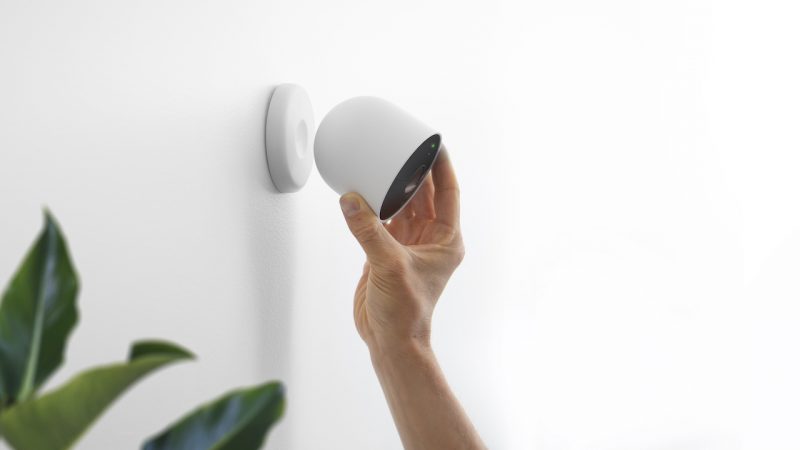
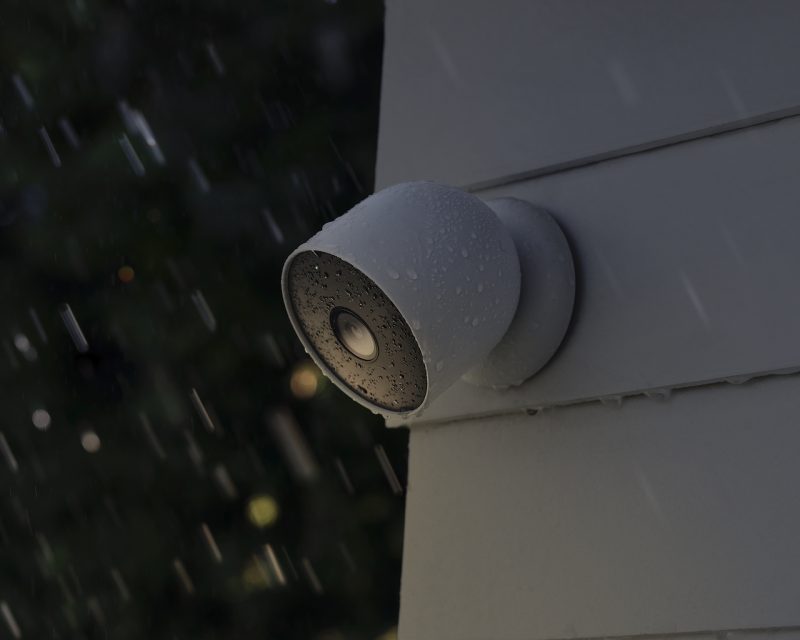

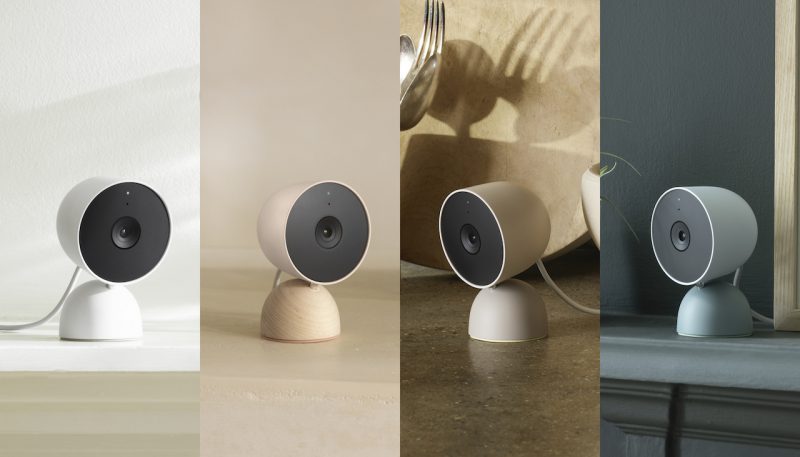
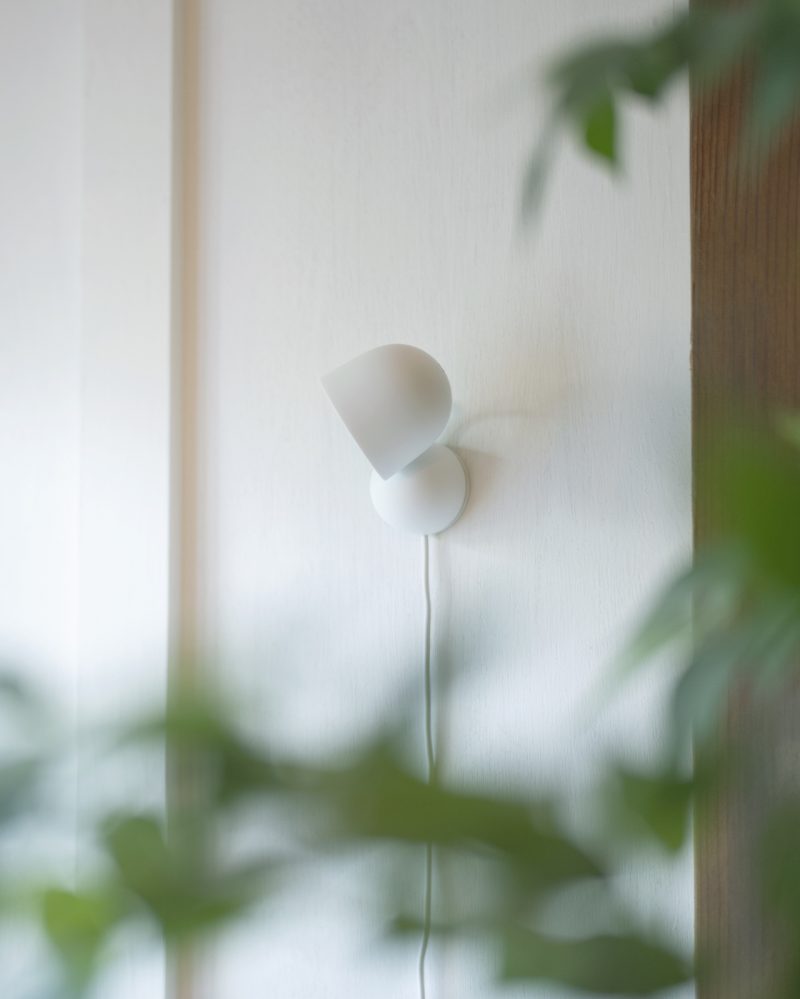


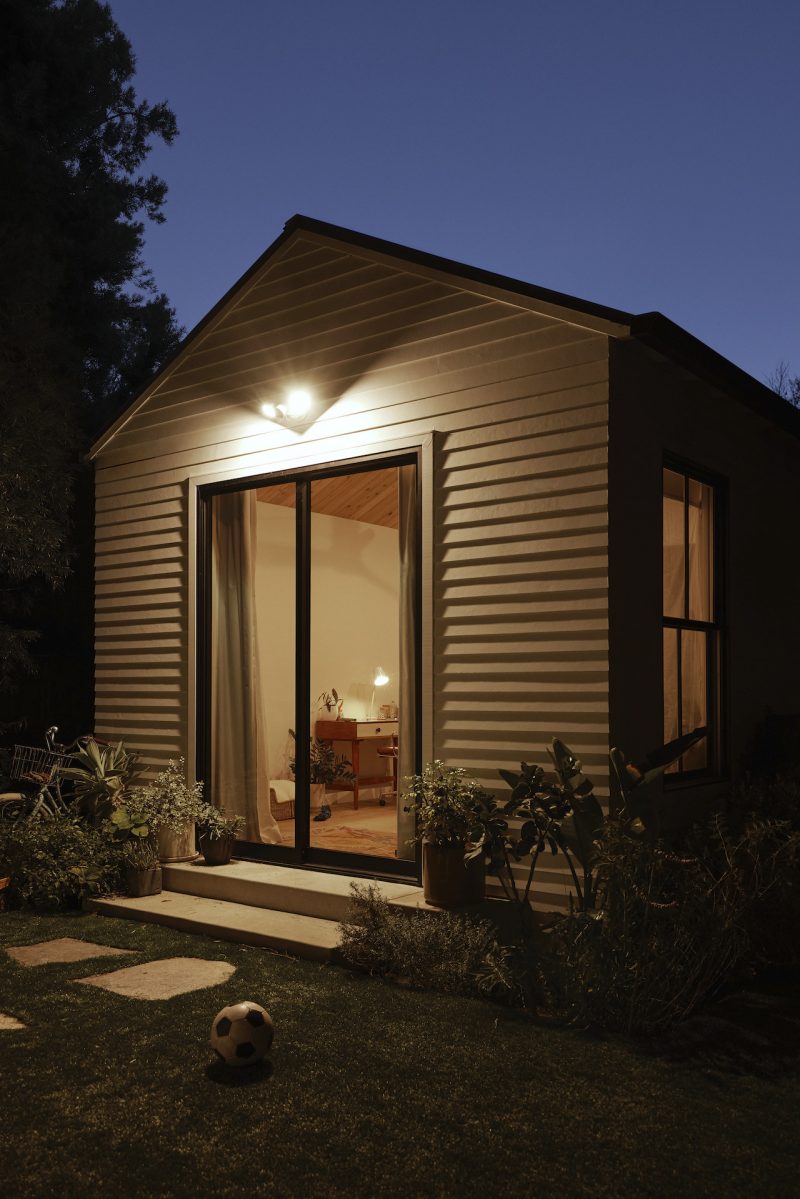
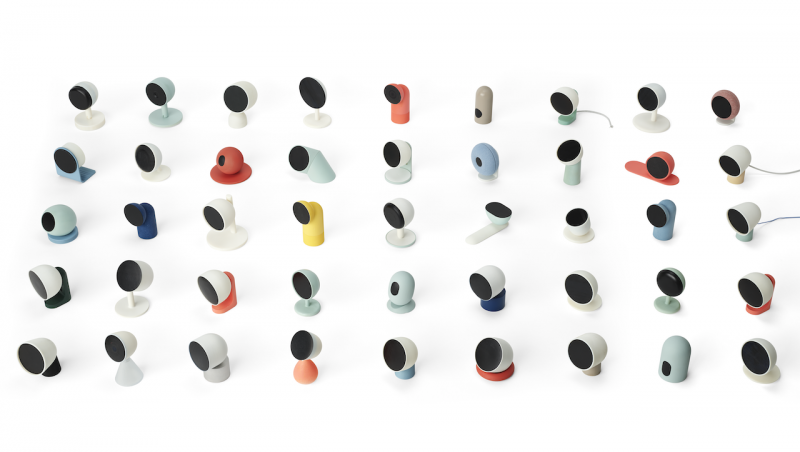
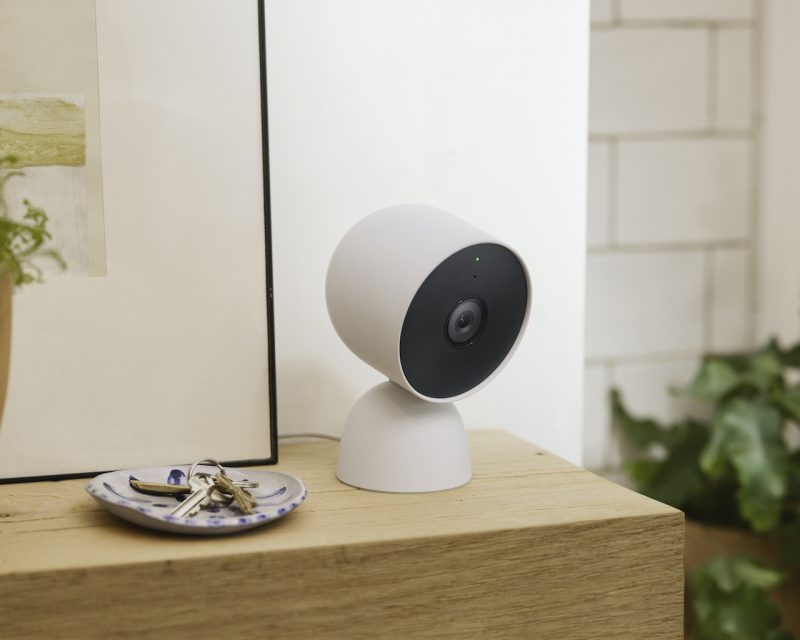
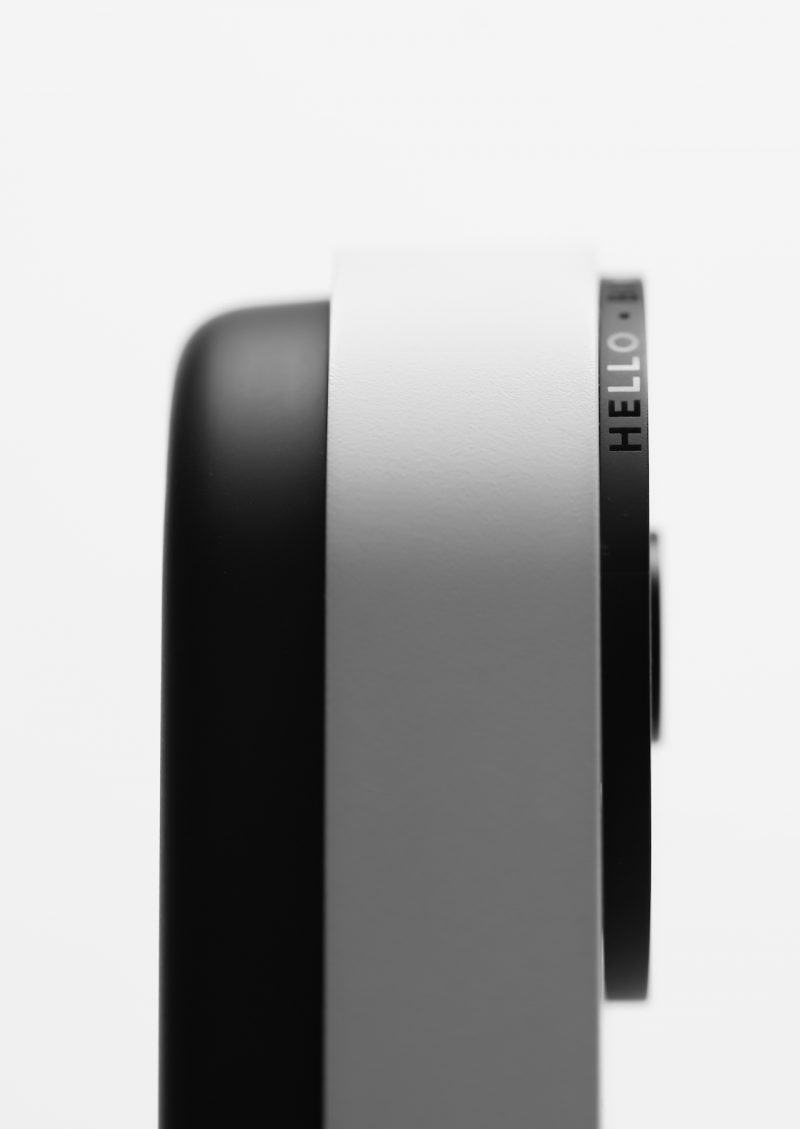

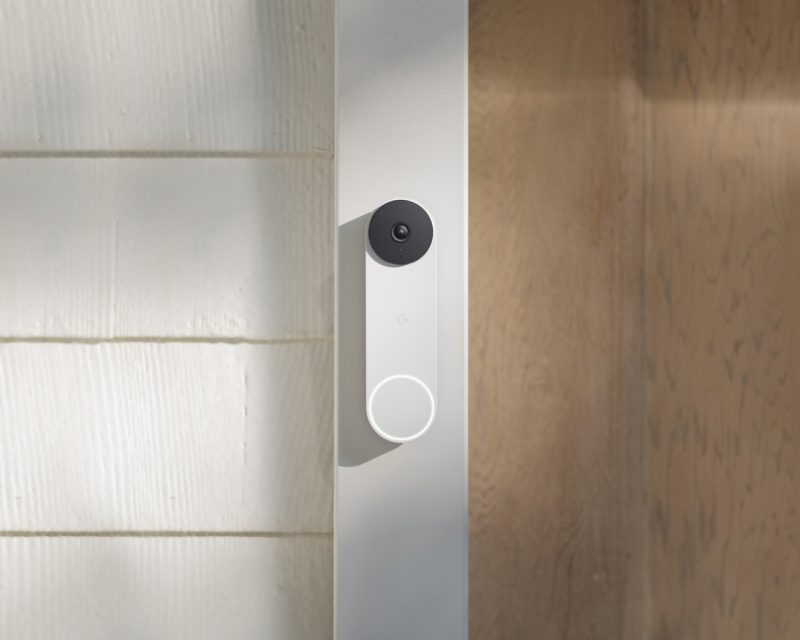
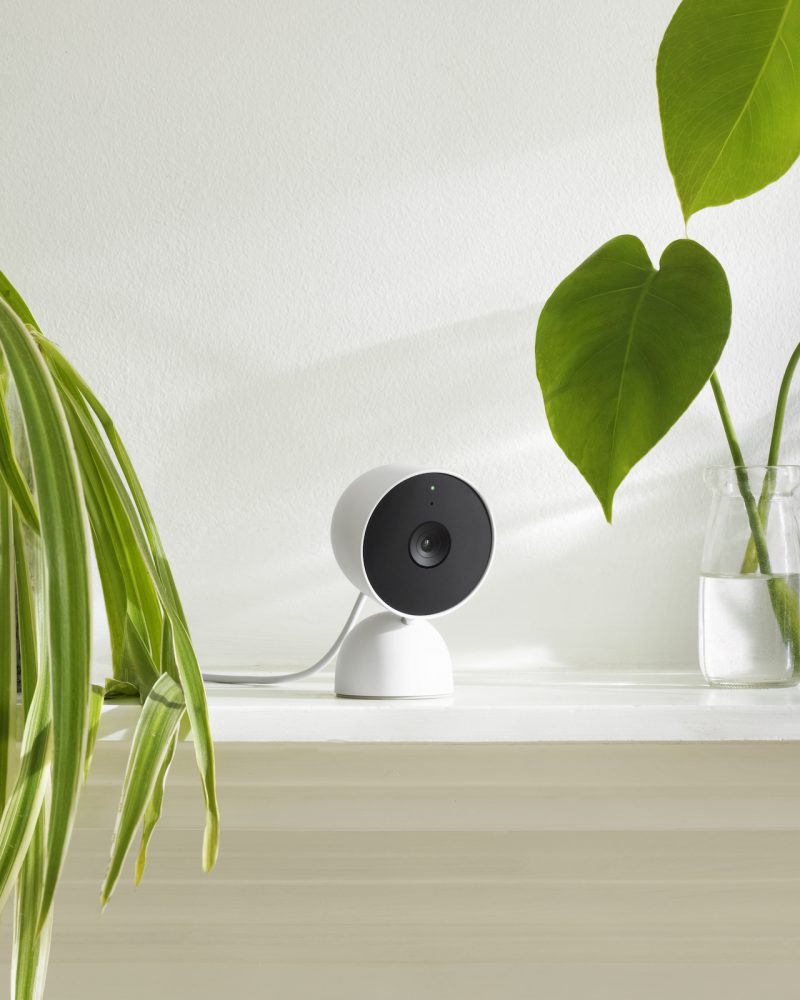
No comments:
Post a Comment